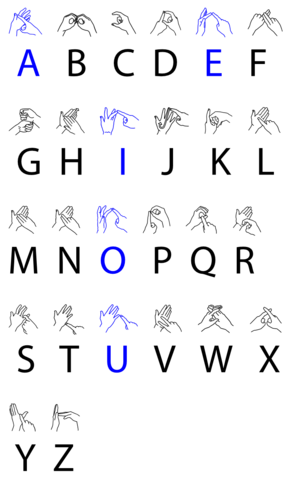Sign Language vs Spoken Language
The primary difference between sign language and spoken language lies in the method of conveying information. While spoken languages utilize auditory and vocal elements to communicate messages, sign languages rely on gestures and facial expressions. Both types of languages are considered natural languages and can be used to communicate a wide range of information. In this article, we will explore the differences between these two types of languages.
What is Spoken Language?
Spoken language, also known as oral language, uses sound patterns to transmit messages. These sound patterns, referred to as vocal tracts, are comprised of linguistic elements such as vowels, consonants, and tone. The tone of the speaker is crucial for conveying meaning, as the context and tone can drastically change the message’s interpretation. Grammar plays a critical role in spoken language, with rules dictating the arrangement of words into phrases and sentences. For young children, the language they are exposed to most frequently becomes their first language due to effortless acquisition through usage and environmental exposure.
What is Sign Language?
Sign language differs significantly from spoken language as it relies on gestures and facial expressions instead of vocal tracts to communicate information. Numerous sign languages exist around the world, with some being recognized globally. Each country typically has at least one or more sign languages used by deaf and blind individuals. Studies on sign languages have shown that they are not merely gestures but complex systems with specific linguistic properties. Contrary to popular belief, sign languages did not derive from spoken languages but evolved independently as natural languages over time.
Key Takeaways
- Spoken languages use vocal tracts and oral elements to convey messages, while sign languages use gestures and facial expressions for communication.
- Grammar plays a crucial role in both spoken and sign languages, dictating how words are combined into phrases and sentences.
- Both spoken and sign languages are complex, independent systems that can be used to communicate various types of information.
